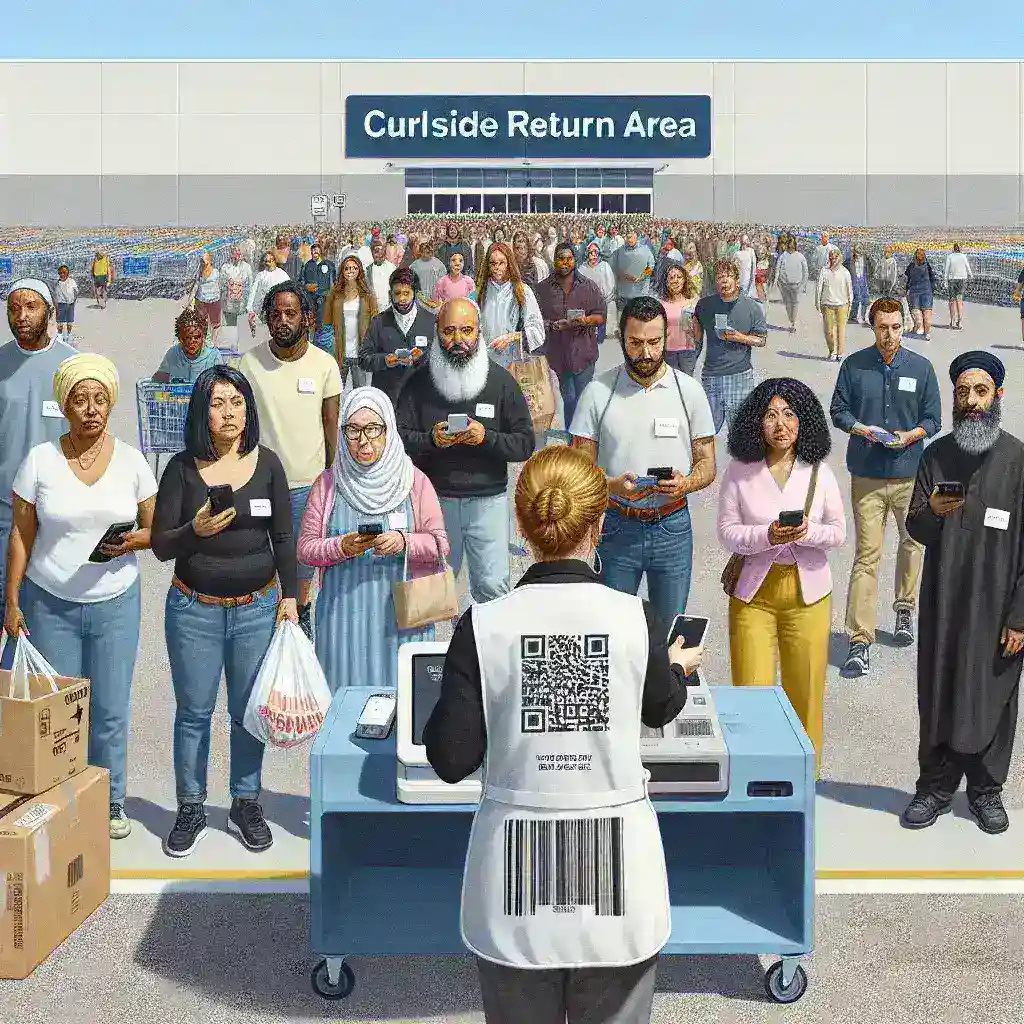Introduction
The retail landscape is undergoing a significant transformation, particularly in the way returns are handled. Big box retailers, known for their expansive inventories and customer-centric services, are now embracing innovative solutions like RFID technology to streamline the return process. This article explores the expansion of curbside returns with RFID-based instant refunds, highlighting the benefits, challenges, and future implications of this trend.
The Rise of Curbside Returns
The shift towards curbside returns has been accelerated by the COVID-19 pandemic, as consumers have become more accustomed to contactless shopping and convenient return options. Big box retailers have recognized this change in consumer behavior and are adapting their strategies accordingly.
What Are Curbside Returns?
Curbside returns allow customers to return items without needing to enter the store. Instead, they can simply drive up to designated return areas, where store associates facilitate the return process from the safety of their vehicles. This method not only enhances convenience but also aligns with public health guidelines.
RFID Technology Explained
Radio Frequency Identification (RFID) technology involves the use of electromagnetic fields to automatically identify and track tags attached to objects. In retail, RFID tags are used to monitor inventory levels, prevent theft, and streamline the return process. Here’s how RFID works in the context of curbside returns:
- Tagging: Each item is equipped with an RFID tag containing specific data about the product.
- Scanning: When a customer initiates a return, store associates can quickly scan the RFID tag using handheld devices.
- Instant Refunds: The system automatically processes the return, allowing for immediate refunds.
Benefits of RFID-Based Instant Refunds
1. Enhanced Customer Experience
Implementing RFID technology for curbside returns significantly enhances the customer experience. Shoppers appreciate the speed and efficiency of instant refunds, which eliminate the frustration often associated with traditional return processes.
2. Increased Operational Efficiency
RFID streamlines in-store operations, reducing the time staff spend processing returns. This efficiency allows employees to focus on other critical aspects of customer service and inventory management.
3. Improved Inventory Management
With real-time tracking capabilities, retailers can maintain accurate inventory records. This not only helps in managing stock levels but also ensures that popular items are readily available for customers.
Challenges in Implementation
1. Initial Costs
While the benefits of RFID technology are clear, the initial setup costs can be a barrier for some retailers. Investment in RFID tags, scanners, and necessary software systems requires careful financial planning.
2. Training Staff
Employees need to be adequately trained to handle the new technology and processes associated with curbside returns. This training can take time and resources, which may deter some retailers from adopting RFID.
3. Customer Adaptation
Not all customers are familiar with RFID technology. Retailers must ensure that customers understand how to utilize curbside returns effectively, which may require additional communication and marketing efforts.
Future Predictions
The future of curbside returns with RFID technology looks promising. As the retail industry continues to evolve, several trends are likely to shape the future:
- Wider Adoption: More retailers, including small businesses, are expected to embrace RFID technology as prices decrease and technology becomes more accessible.
- Integration with E-commerce: The blending of online and in-store shopping experiences will further drive the demand for efficient return processes.
- Enhanced Data Analytics: Retailers will leverage RFID data to gain insights into customer behavior and preferences, allowing for more personalized shopping experiences.
Real-World Examples
Several big box retailers have successfully implemented RFID-based curbside returns, setting the stage for others to follow suit. Here are a few notable examples:
Walmart
Walmart has been a pioneer in utilizing RFID for inventory management and returns. The retail giant has expanded its curbside pickup services to include returns, significantly improving customer satisfaction.
Target
Target is another major player that has embraced RFID technology, allowing customers to return items easily through curbside services. Their commitment to enhancing the shopping experience is evident in their seamless return processes.
Cultural Relevance
The significance of curbside returns extends beyond mere convenience; it reflects changing consumer values. As sustainability becomes a priority, the ability to return products without entering a store minimizes the carbon footprint associated with shopping trips.
Conclusion
Big box retailers are at the forefront of transforming the return process through RFID-based curbside returns. By prioritizing customer experience and operational efficiency, these retailers are setting new standards in the retail landscape. As this trend continues to grow, it is essential for both retailers and consumers to adapt to the evolving marketplace.

